Being happy is good for you.
For years researchers, psychologists, and doctors have told us of the connection between happiness and health. There is compelling research that looks at the negative health effects caused by stress and anger. Many studies show that various states of happiness can lower the stress related hormones. Study after study agrees that happier people live longer. This is true in both individuals as well as in communities.
How Does Happiness Affect Our Health?
Many key studies look at associations between health and happiness. These studies focus on correlations that are not necessarily caused by one another, but that positive mood, optimism and humor are linked to better health and well-being. Cardiovascular function such as decreasing high blood pressure and improving heart rate with happiness and positive well being. Immune function and the inflammatory process are affected by our happiness. Cortisol levels fall when we are happy, due to the direct correlation on stress, or in this case, lack of stress. Cortisol, when released in high amounts for a prolonged period of time, can contribute to insomnia, increased abdominal fat, lowered immunity, high blood pressure, and a plethora of other symptoms. Being happy will lower these unwanted effects.
How do we evaluate happiness?
Happiness is subjective, so how do the professionals actually measure it? There are many ways to evaluate happiness. Researchers, doctors and investigators use surveys and questionnaires to place a measurable value on happiness. These include the Oxford Happiness Inventory (Argyle and Hills), Subjective Happiness Scale (Lyubomirsky and Lepper), Satisfaction with Life Scale (Diener, Emmons, Larsen and Griffin), and Panas Scale (Watson, Clark and Tellegen). These scales basically measure a person’s sense of well-being.
How do we cultivate happiness?
What are the secrets to happiness? How does one become more satisfied with life? When you ask those that score the highest on the evaluations you will find common threads in the lives of the “happiest” people:
- Having strong social networks that includes family and friends, and spiritual connections
- Engaging in activities that support strengths, values and lifestyle
- Practicing gratitude daily
- Having a positive thinking style
- Showing random acts of kindness
- Recognizing material wealth is only a small portion of the abundance
- Developing healthy coping strategies to deal with stress
- Focusing on a healthy mind and body
- Cultivating spiritual emotions
- Having direction and meaning in your lives
We can increase our levels of happiness! Many of the traits and habits listed above are attainable with intent and motivation. Some easy places to start are to practice mindfulness or meditation. There are many mind and body techniques that can release tension and improve a sense of calm and wellness. Take up yoga. Pay it forward, or begin the chain, with random acts of kindness.
What are the Secrets of Happiness?
Gratitude! Researchers have found that people who keep a gratitude journal on a regular basis have an increased satisfaction in life, higher energy levels and have improved health. Expressing gratitude is a demonstrated way of fostering happiness.
Connections! Spend more time connecting with friends and family. Take time for meaningful conversations. Close social support is critical for happiness. Those in loving relationships are the most satisfied. Get out and meet new people, join a club or meet-up, go to church or spiritual gatherings or other interesting groups.
Healthy Habits! People who exercise and get enough rest are happier. Practice good sleep hygiene, keeping regular hours. Get out often to exercise, explore nature.
Don’t forget happiness is contagious! Get out there and share. Smile at others with an open heart. Answer the phone with a smile on your face; it comes right through the phone. The more you begin implementing these habits in your daily life, the easier it will be to achieve a sense of well-being and contentment. You have nothing (but resentment and poor health) to lose. Try it out – your body will thank you.

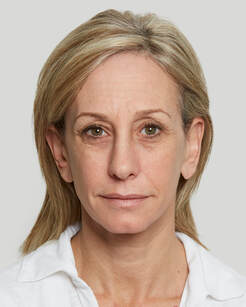
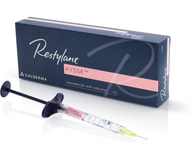
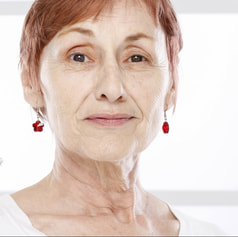

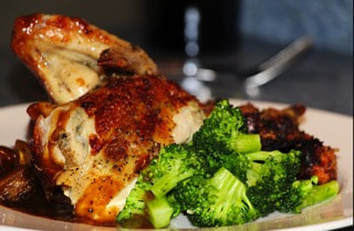

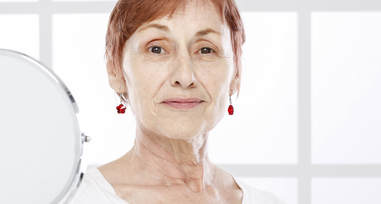
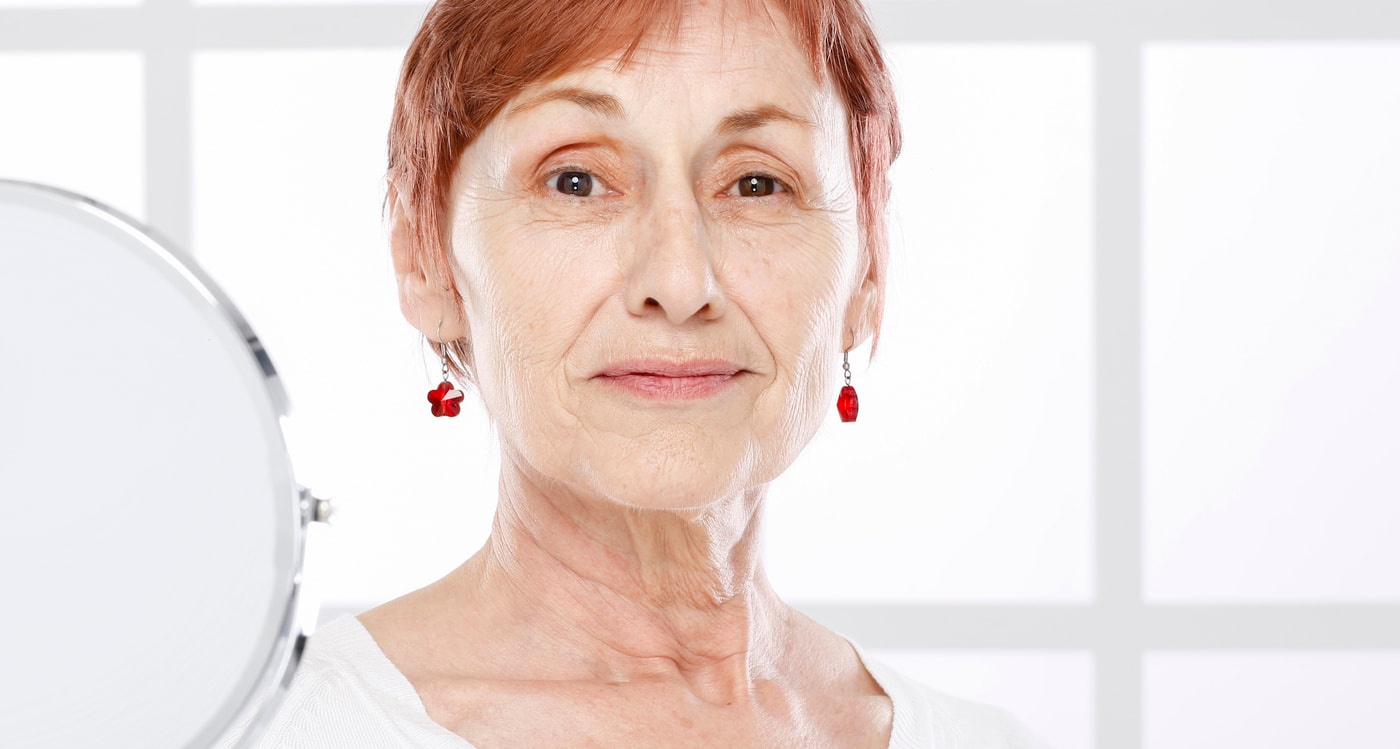
 RSS Feed
RSS Feed